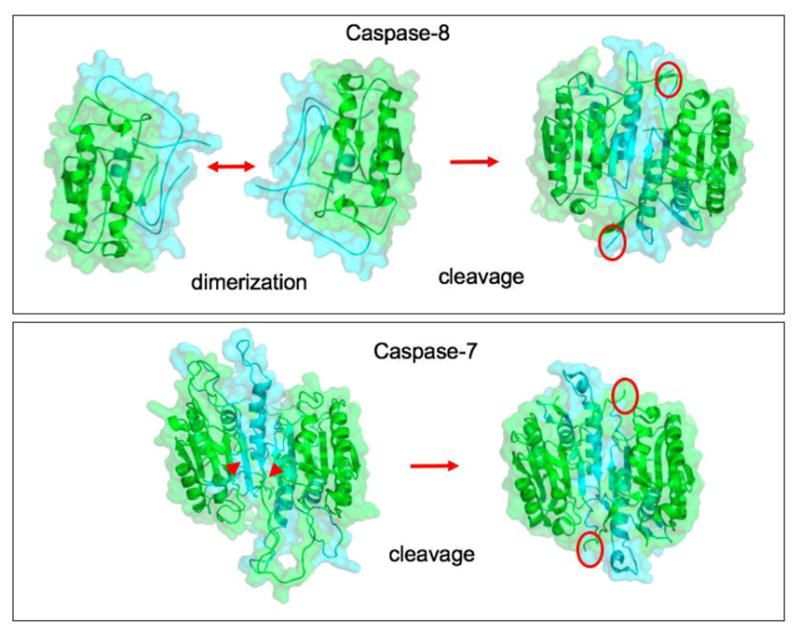Figure 3. Distinct activation mechanisms of apical and effector caspases.

Apical caspase-8 and effector caspase-7 shown as examples, based on the crystal structures reported in PDB codes 2K7Z, 3KJQ, 1GQF, 1F1J. Apical caspases undergo proximity-induced dimerization within activation complexes. Sometimes they also undergo cleavage within the catalytic domain to yield short segments of secondary structure that stabilize the resulting dimer (red circles). Cleavage of the pre-formed zymogen dimer of caspase-7 (red arrowheads) results in activation with an analogous further stabilization of the dimer (red circles).
